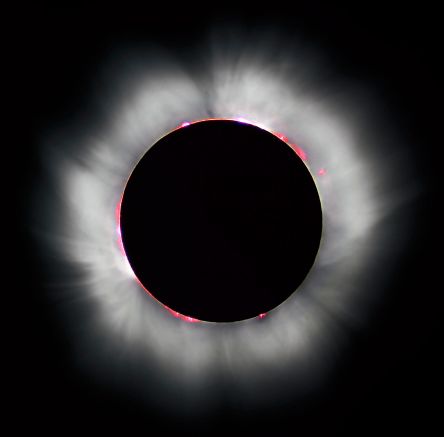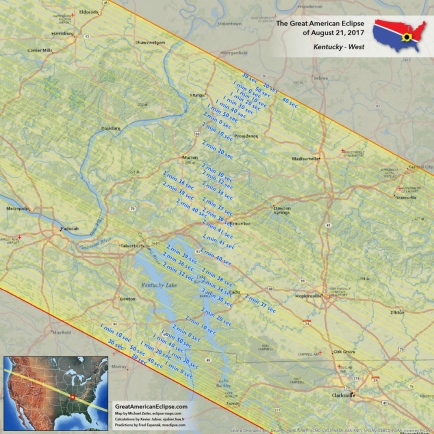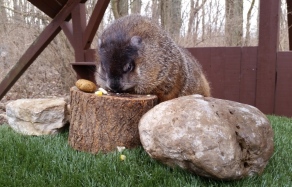By LIZ TOTH
July 9, 2018
The chicks have taken their first flights! It is likely the two chicks that hatched first were the first to fly. One chick remains on the ledge on the south side of the building which could indicate his flying skills are not as strong as the others yet.
The fledglings are now as large as their parents even though they are only about 6 weeks old. Fledgling falcons have longer flight feathers than the adults to make it easier to learn the flying skills needed to become an excellent hunter in their first year. The parents will continue to provide food for the fledglings. Dayton was seen dropping off food for the youngster on the south ledge this morning.
This image shows the ledges on the east side of the Liberty Savings Tower with the nest box circled in red:

Liberty Savings Tower
These ledges and the other buildings around provide good landing spots for short flights for the young peregrine falcons. Since they have taken their first flights they are referred to as fledglings but will be dependent on their parents for food until they can hunt for themselves (about 4 weeks later).
Once the fledglings are adults and experienced flyers they can fly at about 60 mph when flying level and they are known to reach speeds of up to 200 mph when hunting in a stoop, or dive. Occasionally they will make it all the way down to the ground and land safely but are not skilled enough to make it up to a higher location from the ground. If this happens the young peregrines may need help to make it to a higher location.
The young peregrines need close observation in downtown Dayton during fledging and will be monitored over the next several weeks. The nest box, as viewed on the Falcon Cam, will often be empty until they can increase their flying skills and may return to the nest box as a safe location while they practice hunting with their parents.
Liz Toth is the Associate Curator of Live Animals at the Boonshoft Museum of Discovery





